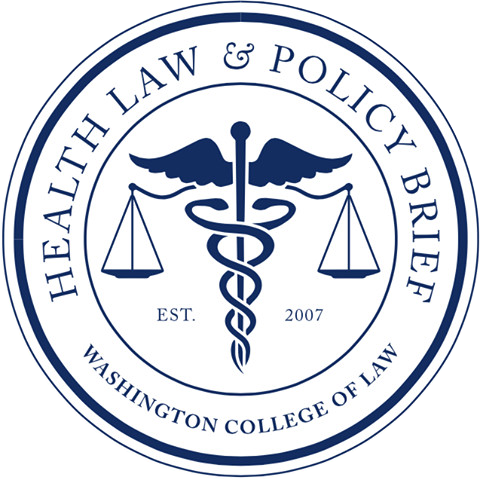On March 30th, the Blue Cross and Blue Shield Association released a report on their study of those who were newly insured in the private market thanks to ACA reforms – and found that they were sicker, and costlier, than previous enrollees. The report was used by Blue Cross and Blue Shield to explain the premium increases they have asked for, and which many insurance commissioners have approved. Those offering Blue Cross plans are also asking for certain other aspects of the ACA, such as special atypical enrollment periods, to disappear so that insurance companies can better control when and who signs up for coverage. It should be no surprise that Blue Cross and Blue Shield companies should want increased premiums and more predictable enrollment periods – 23 of those companies reported a collective $1.9 billion decline in earnings in the first three quarters of 2015 as a result of their inclusion in the ACA national exchanges.
The report analyzed health insurance for 4.7 million Americans across all 50 states that were newly enrolled in 2014 and 2015. One aim of the study was to find out if the ACA provisions not allowing insurance companies to disqualify people for pre-existing conditions in fact resulted in a sicker group of insureds. The study found, in fact, newly enrolled insureds had higher rates of high blood pressure, diabetes, depression, coronary artery disease, H.I.V. and hepatitis C. Diabetes and hepatitis C, in particular, were found to be twice as common among new enrollees, and H.I.V. was more than three times as common. However, even Blue Cross and Blue Shield recognized that the prevalence of these diseases will shrink in new enrollees as those diseases are treated or even prevented through the insureds’ new healthcare options. Programs to prevent and treat diseases more effectively are already paying dividends as such programs see fewer hospital admissions, readmissions, and hospital infection rates. Blue Cross and Blue Shield is using the report not only to justify its premium increases, but to espouse the need for better care management such as making sure those with chronic diseases continue to take their medicine, or that people take advantage of preventative care, like flu shots, to prevent illnesses that require more expensive treatments.
Another aim of the report was focused on costs and medical service usage. Among new enrollees, visits to doctors and other medical professionals was 26 percent higher and hospital admissions rates were 84 percent higher. The increased medical service usage the study observed may also be a result of the policies being more comprehensive, another requirement for private marketplace policies under the ACA. It could also be the result of new enrollees having put off medical care and making up for it upon being enrolled, which could mean the service usage could flatten out over time. On the whole, medical costs for new enrollees were 19% higher than employer-based group members in 2014 and 22 percent higher in 2015.
However, increased cost, usage, and pre-existing condition prevalence may be a sign that the ACA is working. Administration officials, for example, have stated that these figures are signs that healthcare is now reaching vulnerable populations that it had not before, which was the intent of the ACA. Although costly, the ACA reforms have decreased the number of uninsured citizens and helped close the health insurance gap between lower and higher income Americans.
